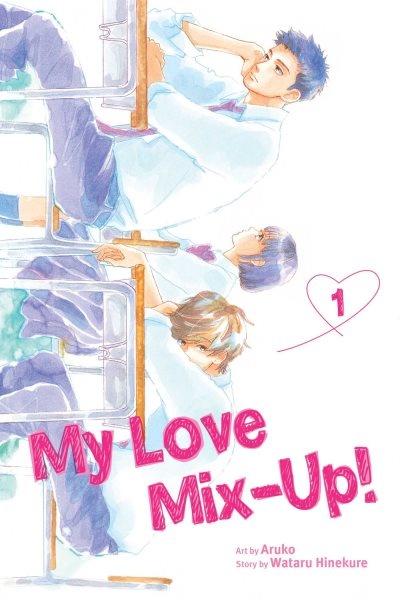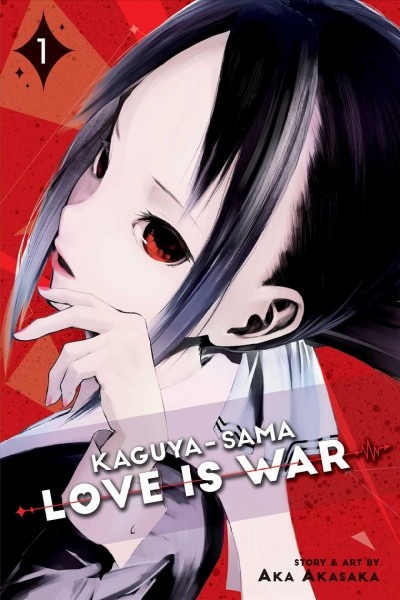Previous Manga 101 installments took a look at isekai and sports manga; this time, we’ll explore another popular genre of manga: romance.
From poignant stories of high school love to doomed romances with supernatural beings, romance manga is a hugely popular genre that includes a wide variety of styles and scenarios. While many of the tropes will be familiar to any romance fan (love triangles, fake dating, and enemies-to-lovers stories abound), romance manga also has its own unique vocabulary. Here are some terms you might come across as you start to dive into the world of romance manga:
Bishojo - Literally, this word means “beautiful girl,” and it signifies just that — pretty female character design. For example, while Sailor Moon is a “Pretty Guardian” in English, she’s a “Bishojo Senshi” in Japanese.
Bishonen - Literally, this word means “beautiful boy.” Traditionally, the word specifically refers to male characters who possess androgynous good looks. You can find examples of bishonen characters in series like Ouran High School Host Club and Fruits Basket.
BL - An abbreviation for the genre “Boys’ Love.” Also sometimes referred to as yaoi or shounen-ai. BL is a genre that focuses on romantic relationships between male characters. Examples include My Love Mix-Up! and Sasaki and Miyano.
“-dere” - From the term “deredere,” which roughly translates to being lovestruck, various “dere” character types are born. Some examples of well-known “dere” types are:
- Kuudere - cool and unemotional on the outside, sweet on the inside. A kuudere character is stoic, level-headed, and aloof, but may eventually reveal a hidden soft side.
- Tsundere - haughty and combative on the outside, loving on the inside. A tsundere character might also be described as “hot and cold” — a character who alternates between aggressive, rude, or cranky exterior behavior and soft, tender, easily embarrassed interior behavior.
Doki doki - Japanese is full of onomatopoetic phrases, and doki doki refers to a rapid heartbeat. This sound effect is often found when one character sets another’s heart aflutter.
Gap-moe - The appeal created by a difference between expectations and reality, e.g.: My Love Story!! protagonist Takeo Goda’s stern and intimidating appearance contrasts with his gentle and kind personality, which contributes to his charm.
GL - An abbreviation for the genre “Girls’ Love,” also sometimes referred to as yuri. GL is a genre that focuses on romantic relationships between female characters. Examples include Bloom Into You and A Tropical Fish Yearns for Snow.
Kabedon - A trope in which a character slams their hand onto a wall, usually while leaning close to the protagonist, creating a heart-pounding moment.
Moe - A difficult term to define, moe can be broadly understood to mean a feeling of affection for a fictional character. Moe is usually associated with characters who are designed with “cuteness” in mind.
Now that you know some of the lingo, it’s time to see these words in action! Check out this list of romance manga titles available at the Free Library, or browse some of the romance options on Comics Plus.
Be sure to check out the next Manga 101 installment, where we’ll take a closer look at the BL and GL genres, as well as other LGBTQ+ manga.
Have a question for Free Library staff? Please submit it to our Ask a Librarian page and receive a response within two business days.



